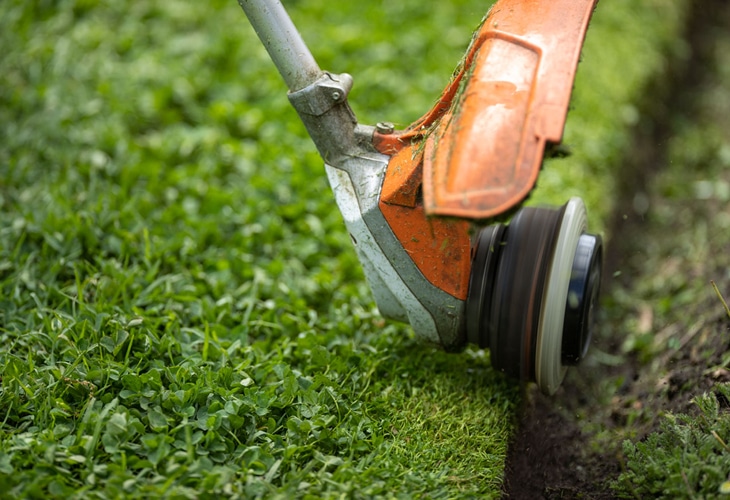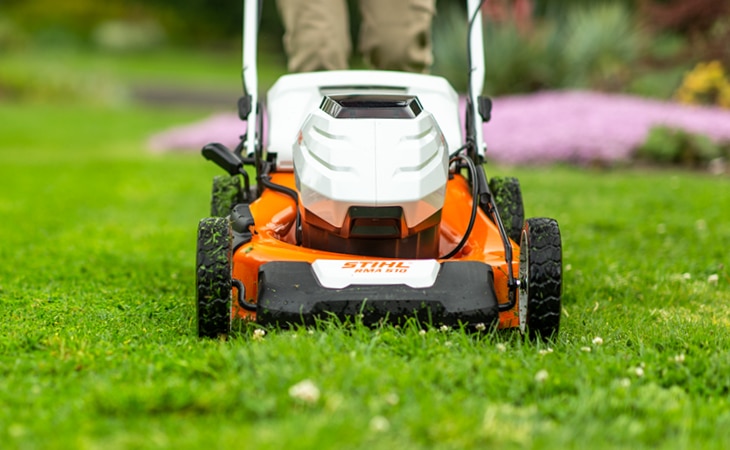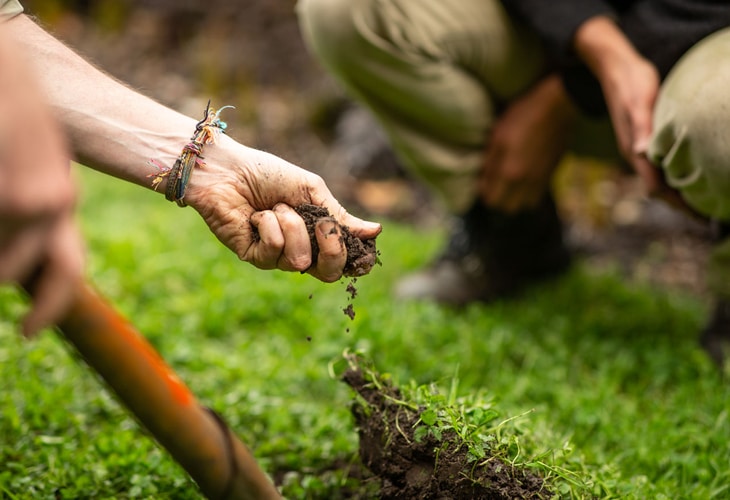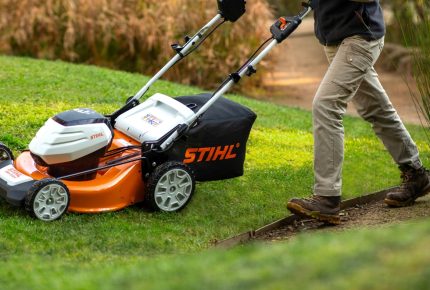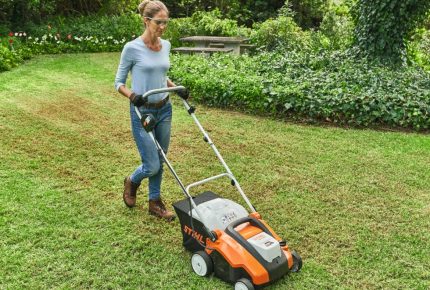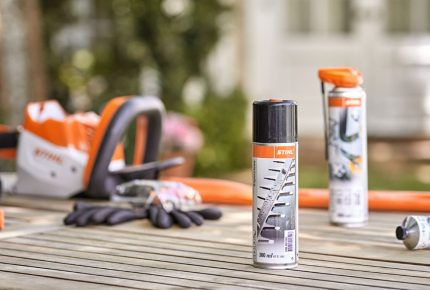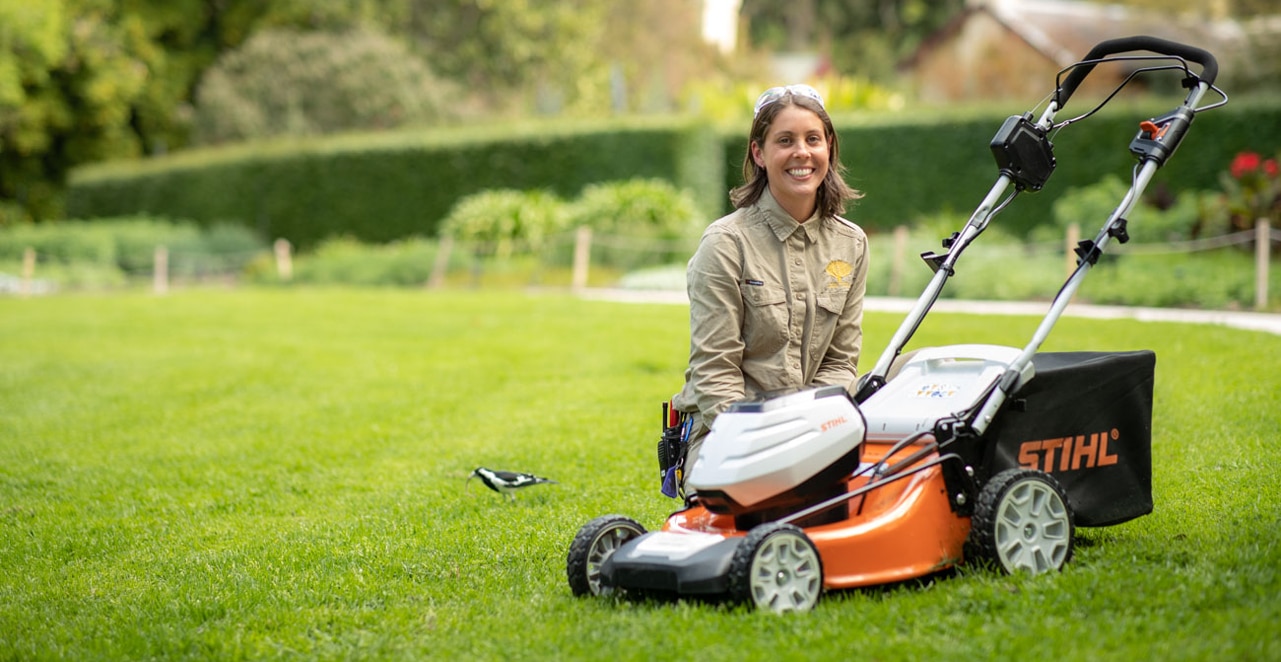
#How To
Lawn Tips From The Royal Botanic Gardens Victoria
Throughout the warmer months, you’ll notice your garden take off and start growing like crazy. Not only is your lawn your garden’s biggest asset, it boosts the overall appearance of your yard and your home.
The team of experts at the Royal Botanic Gardens Victoria have shared their top tips to keep your lawn looking it’s best all season long.
Common Lawn Issues TO LOOK OUT FOR
Many warm season grasses such as Kikuyu are effected by frost, and if you live in the cooler parts of the country, even the warmest days of the year can start off with some early morning frost. The effects of frost are most noticeable during winter as the growth of your lawn slows considerably. The good news is that through most of South-East Australia they grow back strongly during the warmer months!
Lots of rain during is great, however it can leach all of the rich nutrients from your soil and leave it looking a little worse for wear. A slow release fertiliser or organic lawn food should be distributed evenly over the lawn using a spreader in Spring and again in Autumn. It’s a good idea to give your lawn an initial feed as the weather starts to change to give it a boost, and then the next fertilise should happen at the next change in season to keep the lawn growing. In addition to the slow release fertiliser, you can also use liquid or hose-on fertilisers to achieve a quick greening of your lawn.
It’s also important to inspect your garden for moss, as the growth of moss can compete with the growth of grass, and will eventually take over if not taken care of in the early stages. The same goes for weeds, these will only become a bigger problem if left to go wild. It’s best to get rid of them as soon as they’re discovered.
Spring trimming & mowing
Achieving and maintaining the perfect edge around your garden beds is considered a fine art to some, however knowing what you’re doing and having the right tool makes edges to envy a lot easier to achieve. The team of experts at the Royal Botanic Gardens Victoria are tasked with keeping edges trim and clean for hundreds of beds at both Melbourne at Cranbourne, and believe that regular trimming is the key to keeping them that way. Watch the video to learn how to do this at home.
Regularity of mowing depends a lot on the type of grass. For example, a warm-season grass such as Kikuyu grows rapidly over the warmer months, and requires weekly mowing, while over the winter period it’s practically dormant. Cool-season grasses such Ryes and Fescues will continue to grow through winter and as such require more regular mowing. Mowing heights are also determined by grass types, however as a rule of thumb, it’s best not to trim more than a third of the grass blade at a time.
Watering and fertiliser regimes vary widely depending on water availability and what you are wanting to achieve in your garden. A ‘bowling green’ approach will require regular watering, mowing and feeding. Conversely, a lawn can be allowed to brown off over the summer months or mown less regularly if that is required or desired.
If you’re starting over completely, it’s best to do your research into the different kinds of grass types available, and make sure that they are suited to your climate and the positioning of your lawn.
Surviving Summer
There are two ways for water to escape your lawn; through evaporation, which is when water escapes from your lawn’s surface, and transpiration; which is when water sweats from the stems and leaves of surrounding plants. Aerating your lawn in spring well before the harsh conditions of summer set in allows for rain to deeply penetrate the soil profile, encouraging deeper rooting and less evaporation.
Deeper roots result in more resilient lawns over the hotter and dryer months. By making a small hole in your lawn with a spade, you can easily check the moisture levels of your lawn, so be sure you check in regularly, particularly as the temperatures begin to swelter.
Click here for more tips from the team of experts at the Royal Botanic Gardens Victoria.

